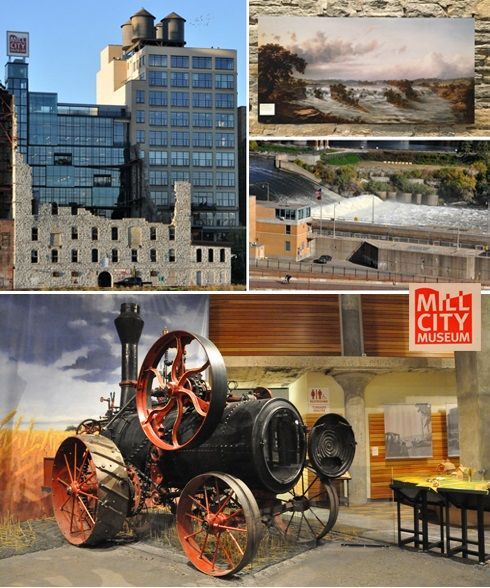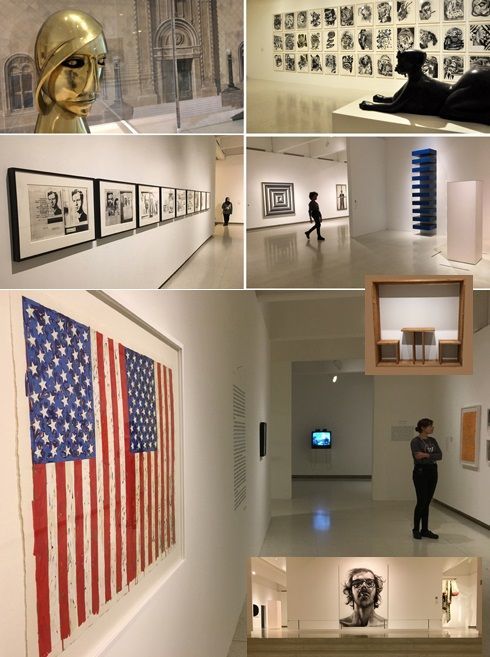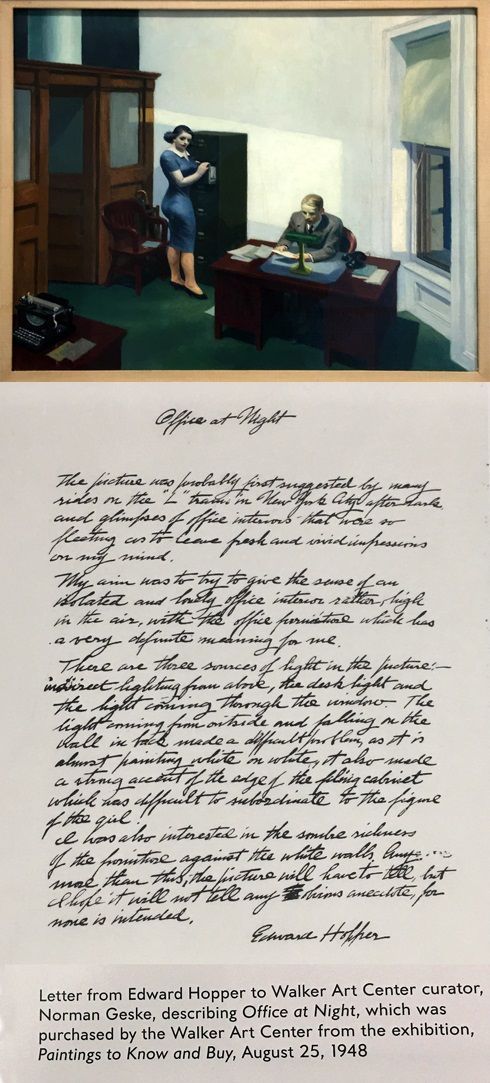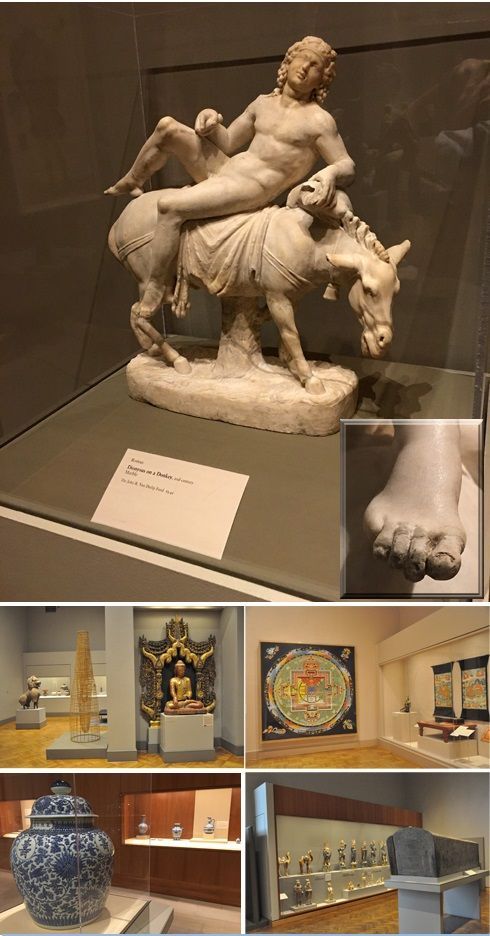Article
Minneapolis' Memories Part 2: Minnesota's Largest City Holds on to Its History
Author(s):
Minneapolis is essentially an American story – a story of enterprising engineering, confident success, rolled-up sleeves hard work, then collapse of industry and the need to re-invent itself.
We felt Minneapolis deserved more than a single travel page (see Minneapolis’ Memories Part 1) because it is essentially an American story — a story of enterprising engineering, confident success, rolled-up sleeves hard work, then collapse of industry and the need to re-invent itself. How Minneapolis responded to its dramatic changes in fortune is exactly how Europe and the world sees our nation, a can-do country where anything is possible. Minneapolis, we salute you.
Michael Hernandez, the director of visitor services of Find Minneapolis, gets to meet a lot of visitors who thought they had come to an area between the East Coast and the West with little to offer tourists — essentially considered a “fly-over territory.” They are surprised to find Minneapolis is a large urban area with a population of 400,000 (neighbor St. Paul, the state capital, has 300,000). In size Minneapolis is somewhere between St. Louis and Denver in population and it’s a busy place with (gasp) skyscrapers! Hernandez has actually been asked, “Where’s your moose?”
A better question, “What’s special about Minneapolis?” would get the answer: an imposing history, as well as great cuisine, shopping, and art — and, “We are a very clean city, you won’t see much litter or graffiti. We take pride in our city and we’re friendly, we all get along,” says Hernandez.
Visitors coming to the Twin Cities find each has its own history. St. Paul, for example, has the longest stretch of Victorian homes in the United States, a long four miles but guides say even walking two or three blocks is worthwhile. By 1890 there were already 40 millionaire lumber barons and mill owners living in this area. Later, during the age of Prohibition, St. Paul’s police chief, made the city a safe haven for gangsters. He allowed mobsters to show up without being arrested when they came to town if they checked in, paid a fee, and didn’t commit crimes within the city limits.
At the end of the 19th century, Minneapolis was a prosperous city. The St. Anthony Falls on the Upper Mississippi powered the great flour mills that brought wealth to the city. The first hydroelectric power plant in the United States had been built at the falls in 1882, but by 1930, Minneapolis’ flour mills began to close. It was a combination of factors: widespread availability of electric power, wheat leaf rust disease in great wheat fields of the Red River Valley and the Dakotas, more hardy wheat in the Southern Plains of Kansas, and more favorable rail shipping rates in central cities like Buffalo, New York.
Today, 17 Fortune 500 Companies have balanced the situation. They have been so generous to their community that great museums have emerged. One of them is the huge Minneapolis Museum of Arts, a world-class museum free to the public. Arguably the most fascinating building in St. Paul is the Weisman Art Museum, which was designed by Frank Gehry and won the 1991 Progressive Architecture Design award. This museum opened in 1993 on the University of Minnesota campus. Another option is the Mill City Museum on the riverfront, it is ensconced in the burned-out shell of the former mill. (Fire was a constant threat in flour mills; the fumes from grain were highly inflammable.) The Walker Art Center, has been described as one of the top five museums of contemporary art — in the world.

Images top: The Frank Gehry-designed Weisman Art Museum. Left: The Mill City Museum; the Minneapolis Institute of Art (MIA); the Royal Bird 1947-48 by David Smith (1906-1965) in the Walker Art Center. It was chosen to illustrate the MIA as an interior image because the art center exterior was heavily involved in the reconstruction of its sculpture garden. The David Smith bronze and stainless steel sculpture of a prehistoric, now extinct, bird was based on a skeleton of Hesperornis regalis.
Locals say that if you have time to visit only one museum, choose the Mill City Museum. It has an entertaining movie Minneapolis in 19 Minutes Flat.

The mills suffered devastating fires in 1857 and 1881. A mill wall has been left as a component of the Mill City Museum. Landscape artist Alexander F. Loemans painted St. Anthony Falls in 1842 as they were in the memories of longtime residents. The Falls as they are today. Antique restored steam tractor.
The Walker Art Center goes back more than a century. It was actually 1879 when lumber baron, Thomas Barlow Walker, opened his home and his art to visitors. The exhibition had grown to 14 rooms by 1915 and in 1927, Walker opened his art gallery at its present site. Collaboration with the Depression-era Works Progress Administration allowed a significant expansion, which continued in 2005. Currently its famous Sculpture Garden is closed for a massive upgrade. Visitors need to understand that the concept of “contemporary art” may have different themes for persons. The exhibitions can be opinionated, political, and somewhat “in your face.” We suspect average tourists will pick and choose what they want to see and, luckily, there’s plenty of that.

Top left: Head in Brass 1925 by Rudolf Belling (1886-1972). Belling’s work was declared degenerate by Nazi Germany in 1937, but this piece somehow escaped destruction. Second left: an artistic evaluation of Lee Harvey Oswald interview photographs. Bottom left: Flags 1973 by Jasper Johns in 1930 showing his style of adopting a motif then returning to it. He first painted the American flag in 1954. [Inserts. Furniture as art. Chuck Close big self-portrait (1968).]

The Walker Art Center is huge, but it has corners where it can be as charming as a boutique provincial art gallery. The letter from Edward Hopper to the Walker explaining how he came to paint Office at Night 1948
is intimate and appealing.
The Minneapolis Museum of Arts, like the Walker, lies about 20 minutes from downtown, but, conveniently, it’s on the #18 bus route in a residential area. MIA began in 1915 when a group of affluent families decided they wanted a civic center. Their vision included an opera hall, live theater, art school, and art museum. The building is enormous and its contents seemingly infinite. A recent Californian donation brought more than 1,000 items. It has everything, or so a regular visitor in the foyer tells us, “From a Venus fertility figure that goes back to early BC to paintings that are barely dry!”
Every era and continent is represented in depth — especially Asia, but lovers of classic history will soon find their way to ancient times, Greek and Roman. Look for a bronze Corinthian helmet c 540 BC, Greek vases 540 BC to 320 BC, Persian bronze daggers from 900 BC to 400 BC, Byzantine 6th-7th century silver spoons, Congo throwing knife late 19th century and a West African cotton tunic dated around 1900. There’s more!

We always check Greek statues to confirm that the left testicle hangs lower than the right and that the legs have the “Greek foot” where the second toe is longer than the big toe (Editor’s note: Both of these features are part of Greek mechanical theory). But when we see the second century Roman marble statue, Dionysus on a Donkey, we feel perhaps his sculptor is showing us Bacchus with Hammer Toes. There is so much to see in MIA and it has a convenient cafeteria inside.
Just when you feel you’ve visited the major museums, you find some of the hotels have art exhibitions as well. That just adds another factor to choosing your hotel.
*All photography by the authors
The Andersons, who live in San Diego, are the resident travel & cruise columnists for Physician's Money Digest. Nancy is a former nursing educator, Eric a retired MD. The one-time president of the NH Academy of Family Physicians, Eric is the only physician in the Society of American Travel Writers. He has also written five books, the last called The Man Who Cried Orange: Stories from a Doctor's Life.




